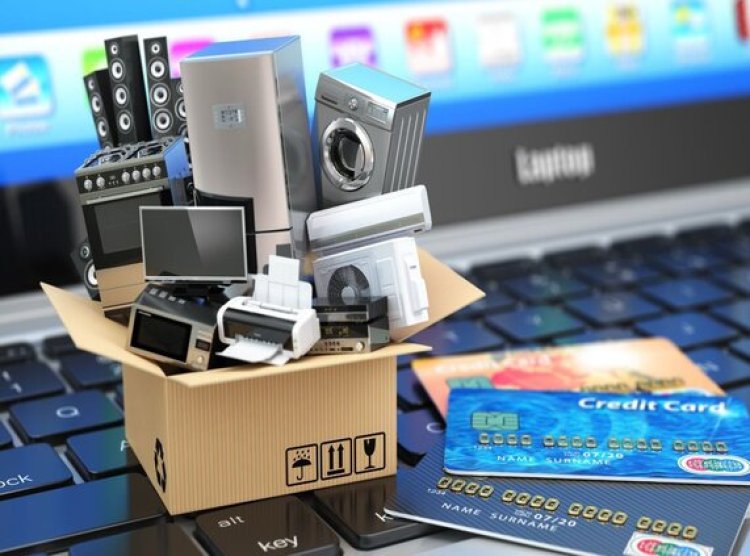India's E-Commerce Evolution: Growth, Tech Innovations, and Sustainability
Explore India’s booming e-commerce market, fueled by innovation, D2C brands, sustainability, and the rise of Tier II and Tier III cities

E-commerce began humbly as a website selling books, but it has since evolved into a multi-billion-dollar industry, reshaping consumer habits and driving economic growth. Today, the sector is not only an essential part of daily life but also a cornerstone of retail, offering unparalleled convenience through innovations like virtual try-ons and quick grocery deliveries.
India’s e-commerce market has experienced exponential growth over the last decade, driven by increased internet penetration, affordable smartphones, and the widespread adoption of digital payments like UPI. By 2024, the sector was valued at ₹12.2 trillion ($147.3 billion), with an impressive CAGR of 18.7% projected through 2028. The festive season of 2024 showcased the industry's strength, achieving $14 billion in Gross Merchandise Value (GMV) and highlighting the growing influence of Tier II and Tier III cities, which accounted for over 60% of transactions.
Tier II and Tier III Cities: The New Growth Hubs
India's smaller cities are becoming lucrative markets, contributing more than 50% of online shoppers. Improved digital literacy, increased smartphone adoption, and advancements in logistics infrastructure are driving this growth. Investments in regional fulfillment centers, last-mile delivery networks, and technologies like AI-powered route optimization have enhanced delivery speed and reliability, making e-commerce accessible even in remote areas.
The Rise of Direct-to-Consumer (D2C) Brands
India's D2C brands are revolutionizing e-commerce by building direct connections with consumers through websites, apps, and social media platforms. This segment, which accounted for just 2-3% of the market five years ago, now represents 10-15%, contributing significantly to India's ₹5.86 lakh crore online retail market.
D2C brands thrive by focusing on:
- Personalized shopping experiences and seamless omnichannel strategies.
- Sustainability, with eco-friendly packaging and ethical sourcing.
- Influencer marketing, leveraging social media to build authentic connections with target audiences.
By embedding sustainability into operations, D2C brands resonate with eco-conscious shoppers. Influencers, particularly on platforms like Instagram and YouTube, play a critical role in reaching niche audiences, making D2C brands highly adaptable to market trends.
Technological Innovations Driving E-commerce in 2025
India's e-commerce market is expected to surpass $145 billion by 2025, powered by cutting-edge technologies:
- AI and ML for hyper-personalized shopping experiences.
- AR and VR for immersive try-ons and virtual stores.
- Blockchain for transparent supply chains.
- 5G networks to enable real-time interactions and faster shopping experiences.
Sustainability will also remain pivotal, with businesses adopting biodegradable packaging, carbon-neutral deliveries, and other eco-friendly practices. Features like live-stream shopping and shoppable social media posts will further integrate e-commerce into daily digital interactions.
Quick Commerce: The Speed Revolution
The demand for quick commerce is transforming logistics, offering rapid delivery for essentials. This segment is poised for significant growth, reflecting changing consumer priorities for speed and convenience.
Conclusion
India's e-commerce landscape is undergoing a dynamic transformation, fueled by technological advancements, sustainability initiatives, and the rise of D2C brands. With a projected market value of $2 trillion by 2030, stakeholders who adapt to these shifts will capitalize on immense opportunities. The future of Indian retail lies in blending innovation, sustainability, and consumer-centric strategies to deliver unmatched shopping experiences.

 sheetal
sheetal 










